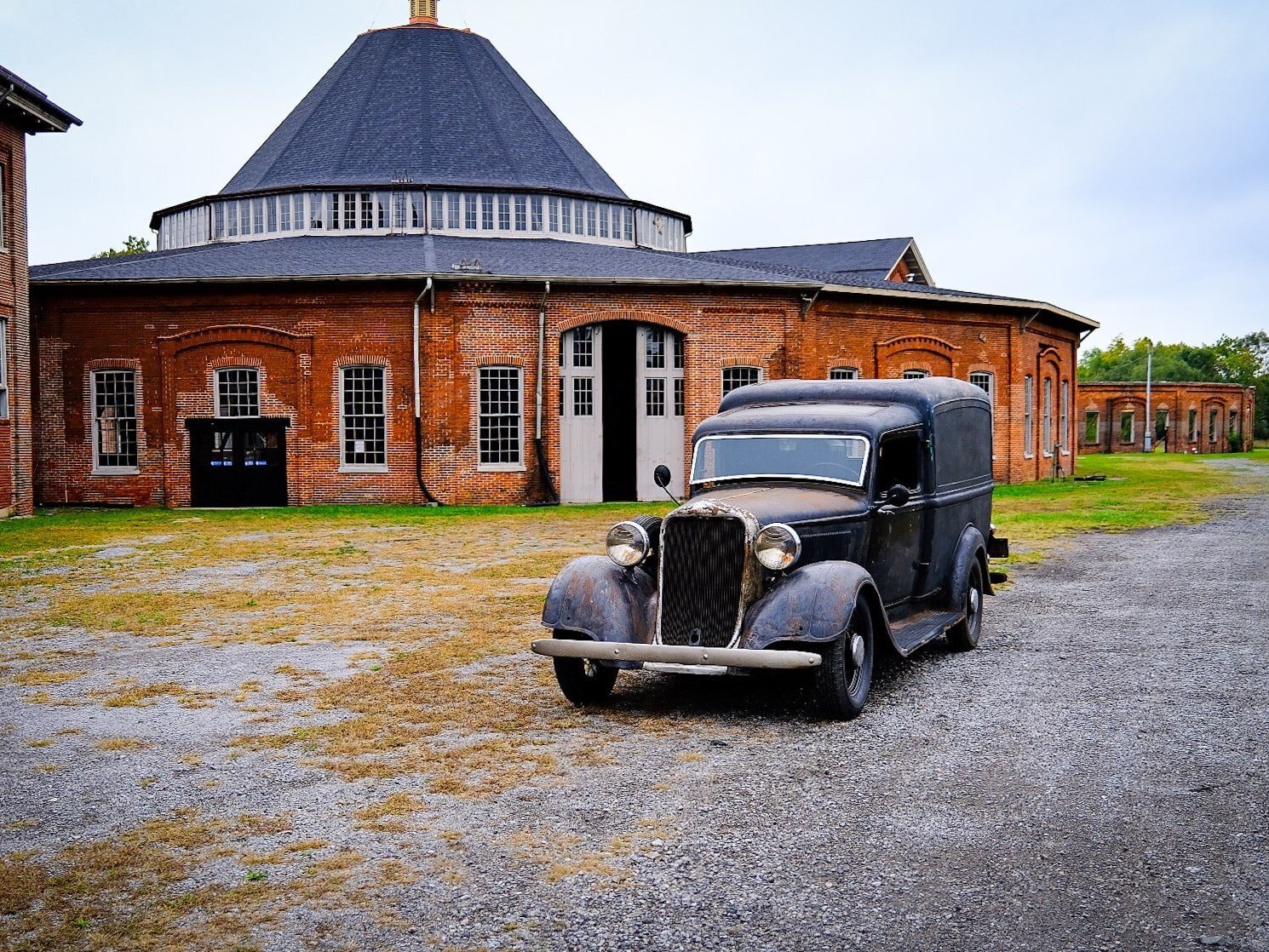Tintype Time Travel
Gibson Revives A Photographic Technique From The 1800s
At the 2021 Victorian Chautauqua, noted tintype photographer Rob Gibson shared his art form in a short video. He describes a technique using simple chemistry and portable tools that allowed history to be captured in pictures dating back to the Civil War.
Gibson’s work has found its way into major motion pictures such as Harriett that released in November 2019. His talents have also been commissioned for notable films like Gods and Generals, Cold Mountain, National Treasure, and Assassination of Jesse James.
Truly Authentic
Gibson describes the tintype process as “imperfect” but in all its unpredictability, his work is predictably authentic and beautiful.
With a sidecar darkroom attached to his 1938 Harley-Davidson motorcycle, Gibson has traveled to where his work is best exploited. He is frequently found at the Gettysburg Battlefields and other historic off-beat locations, rummaging for his next inspiration. He shares his travels in pictures of rugged and dilapidated structures on social media and finds beauty in decay, exploiting texture and light to perfection. His portraiture harkens back to an earlier time, regardless of who is in front of the camera. People and places are reimagined from two generations before in an arresting and delightful impression.
Trekin’ & Truckin’
Gibson upgraded his ride with in his new-old 1934 Dodge Humpback Truck in 2022. His rugged acquisition has become a frequent subject of his latest photography – No doubt since it’s a rustic beauty hugs the ground with an imposing silhouette.
This vintage photographic process is not only astounding to witness but magical in its simplicity. As Gibson patiently explains his technique with each subject he photographs, the likenesses he captures emerge on a metal plate in broad daylight. It defies reason to this day.
Of course, Gibson also sets up the perfect shot, carefully framing his compositions with a balance of light and texture. This is important since one plate and one exposure are all he gets. Once the lens is opened, the plate is transformed into a chalky negative image in his compact darkroom. After it is completely developed, the plate is moved to a tray of fresh water to halt the exposure process. The final processing step involves the plate being bathed in a chemical solution that shifts the ghostly negative image into a rich positive in a few fleeting seconds – too fast for spectators left wanting another chance to enjoy the metamorphosis. It is a combination of chemistry, time travel, and art. Voila!




